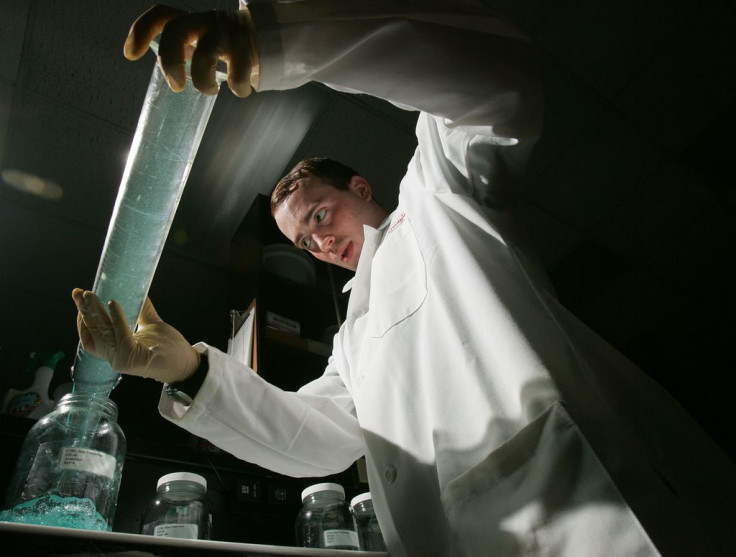Research Grants Harder To Come By: Investments In Biomedical Research Begin To Dip, Leaving Innovation By The Wayside

Scientific research often informs the public about infectious diseases or finds treatments for ailments affecting many. Without it, there would be few scientific or medical innovations that we rely on today like brain scanning technology or cancer treatments. Often, scientific research depends on government funding and public investments.
Ten years ago, the National Institutes of Health (NIH), a major grant provider for many scientists across the globe, doubled its available grant budget. In the space of five years, it increased its budget from $13.6 billion to $27.1 billion. Much of this money, in 2003, was invested in medical research and helped scientists, graduate students, and postdocs get their projects done and share their information and innovations with the world. By 2010, when stimulus packages were granted, NIH's budget increased to $35 billion.
However, that number is slowly dwindling. As a result, research facilities like schools and major laboratories are experiencing major budget cuts, termed sequestration, as the NIH's budget dips down to $29.1 billion. While this sum of money is still very large, the NIH is accustomed to having more to share with researchers.
''We're very worried about people losing their grants,'' said Jim Siedow, a plant biologist and vice provost for research at Duke University. "It is in personnel-postdocs and research technicians-that savings will have to be made," he noted, with most university costs being set to a fixed rate. He fears the climate will continue to worsen after this year. Savings that discourage new hires can be dangerous in the world of scientific research as universities rely on the help and participation of undergraduates, research technicians, and post docs to fuel projects and then move on to other labs and other projects once done. Without the money to hire new people, this cycle ends, as does a keen interest in scientific research.
However, the NIH is fortunate to only lose a predicted quarter of its budget over the next five years. Other countries that were hit hardest in the financial crisis of 2008 have yet to recover. Since 2008, Italy and Spain have both experienced a decrease of about 40 percent of their research funding with no relief in sight.
''The situation we're facing is difficult,'' said Antione Triller, a cell biologist at Ecole Normale Superieure in Paris, noting that the success rate for grants at ANR, France's main grant agency, has dropped all the way to 13 percent acceptance. This is a preposterously low number of grant approvals, as many are sent in daily, while acceptances are only done annually. It would appear that many scientists wishing to fund their work are being left out in the cold.
However, other countries have promised their scientists increases in funding. India has established a five-year plan in which the budgets of their Department of Biotechnology and the Indian Council of Medical Research will see rises in their budgets. Similarly, Japan will provide and extra $11 billion to researchers and $240 billion toward stem cell research.
However, just because biomedical research funding by NIH has stalled in recent years and is showing a downward trend does not mean other types of laboratories aren't thriving. Laboratories have been established by consumer product companies L'Oreal and Procter and Gamble in Singapore. These are types of biomedical research labs where innovations include new products instead of new medicines. This is still useful, as it is another application of research and biology.
''We've got this system that's pump primed all these young people, and now there's nowhere for them to go,'' said Brendan Crabb, president of Association of Australian Medical Research Institutes.
''Only one in ten postdocs is going to become a principal investigator,'' said Mark Downs, chief executive of the Society of Biology in London. ''This hasn't been conveyed to them powerfully enough.''
Source: Macilwain C. Biology Boom Goes Bust. Cell. 2013.



























